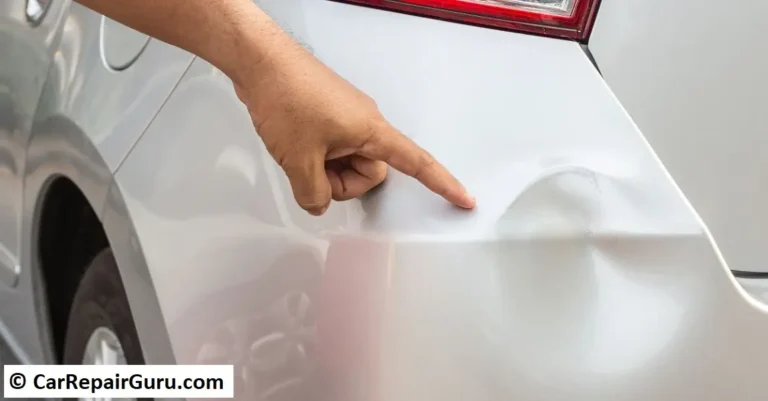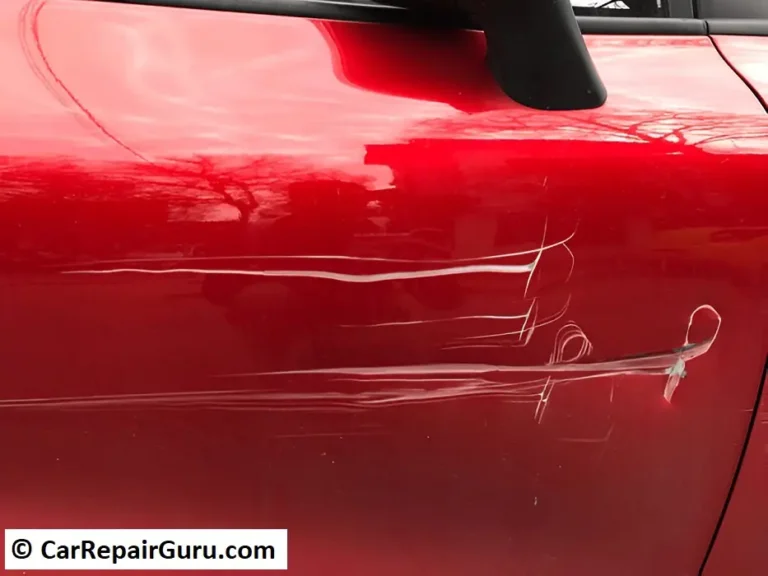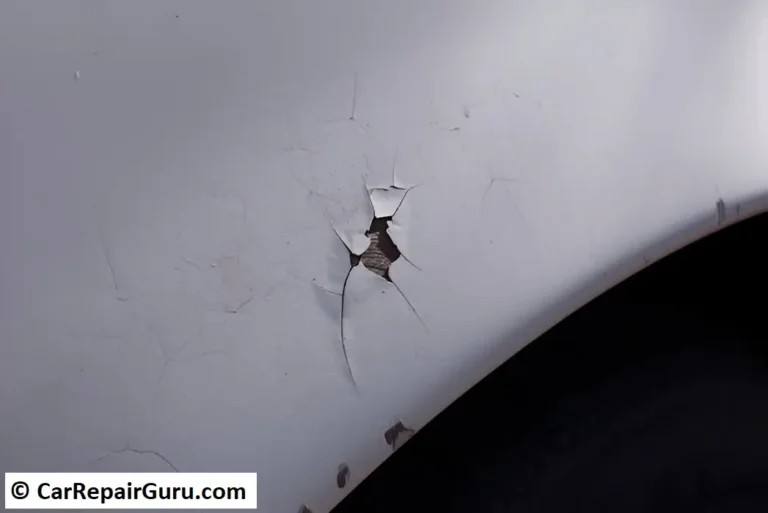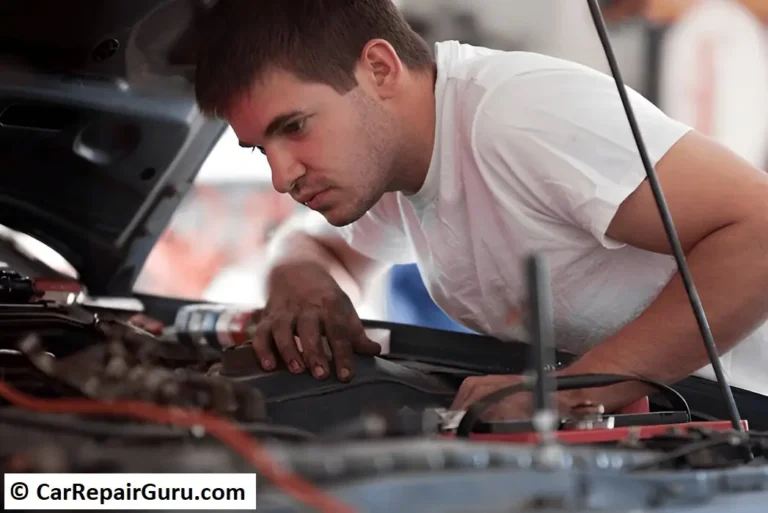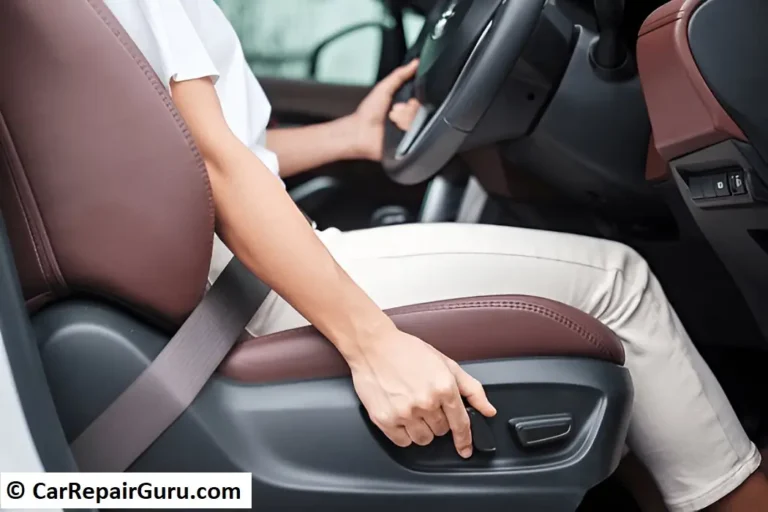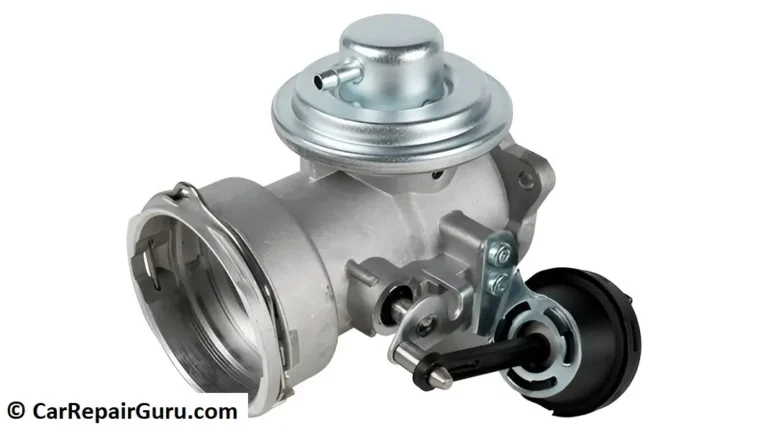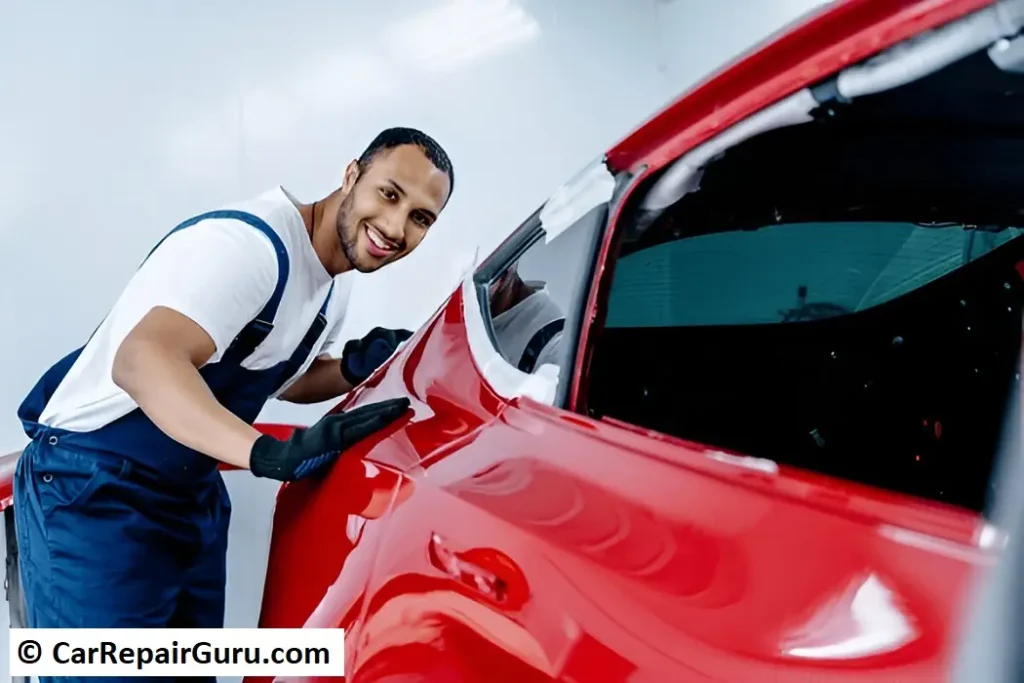
Your car is more than just a mode of transportation—it’s an investment and a reflection of your care. Maintaining the body of your vehicle is essential for keeping it looking pristine and ensuring its longevity. A well-maintained car not only turns heads but also holds its value better over time.
Neglecting your car’s exterior can lead to issues like rust, paint damage, and costly repairs down the line. Regular care, such as washing, waxing, and inspecting for damage, helps prevent wear and tear caused by environmental factors like dirt, salt, and UV rays.
Moreover, a clean and well-maintained vehicle offers more than just aesthetic benefits. It can improve safety by ensuring visibility through clear windows and mirrors and prevent corrosion that may compromise structural integrity. With consistent effort and the right techniques, maintaining your car’s body becomes an investment in its beauty, safety, and resale value.
Regular Washing and Cleaning
Regular washing is the cornerstone of car body maintenance. A simple yet effective routine, washing your car every two weeks helps remove dirt, grime, and harmful pollutants that accumulate on the surface. These contaminants can erode the paint over time, making your car vulnerable to rust and other damage.
Choosing the Right Cleaning Products
When washing your car, always use pH-balanced car wash products specifically designed for vehicles. Avoid household cleaning agents, as they can strip the protective wax and damage the paintwork. Pair these products with a microfiber cloth or a soft sponge to prevent scratches and ensure a streak-free finish.
Cleaning the Undercarriage
The undercarriage is one of the most overlooked yet vulnerable parts of your car. It collects dirt, salt, and moisture, especially during winter or in coastal areas, leading to rust buildup. Use a high-pressure water spray to clean underneath the car, focusing on wheel wells and other hidden spots where debris tends to accumulate.
Drying Your Car Properly
Drying your car after washing is just as important as the wash itself. Allowing water to air-dry can leave unsightly water spots and streaks. Use a clean microfiber towel to pat the surface dry, ensuring a spotless finish.
By committing to a regular washing routine and paying attention to these details, you’ll maintain your car’s shine while protecting its body from long-term damage, keeping it in top-notch condition for years to come.
Protecting the Paintwork
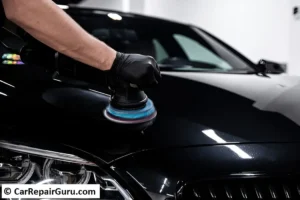
Your car’s paintwork does more than enhance its appearance—it also serves as the first line of defense against environmental elements. Properly protecting the paint ensures your vehicle stays glossy and damage-free for years.
Waxing for Basic Protection
Applying car wax quarterly is a simple yet effective way to shield your car’s paint from UV rays, dirt, and minor scratches. Wax forms a protective layer over the paint, enhancing its shine and preventing fading caused by prolonged sun exposure. Use a high-quality car wax and follow the application instructions carefully. For the best results, wash and dry your car before waxing to ensure a smooth, dirt-free surface.
Advanced Protection with Ceramic Coatings
For long-lasting and advanced protection, consider ceramic coatings. These coatings create a durable, hydrophobic layer that repels water, dirt, and other contaminants. Unlike wax, ceramic coatings can last for years with proper maintenance, offering superior protection against UV rays, chemical stains, and minor abrasions. While applying a ceramic coating can be more expensive and time-consuming, it’s an excellent investment for maintaining a showroom finish.
Quick Action Against Contaminants
Certain contaminants, like bird droppings, tree sap, and bug splatter, can cause permanent damage to your car’s paint if not addressed promptly. These substances contain acidic compounds that eat into the paintwork, leaving behind stains or etching. To prevent this, clean off any contaminants as soon as possible using a soft microfiber cloth and a paint-safe cleaner. Keep a cleaning kit in your car for emergencies, especially during long road trips or when parking near trees.
Regular Inspections
Make it a habit to inspect your car’s paintwork for scratches, chips, or fading. Addressing small issues early can prevent them from escalating into costly repairs.
By combining quarterly waxing, advanced protection like ceramic coatings, and prompt action against contaminants, you’ll keep your car’s paint looking vibrant and well-protected, ensuring it stands out on the road.
Rust Prevention and Treatment
Rust is the silent enemy of your car, gradually compromising its structural integrity and appearance. Preventing rust and addressing it early can save you from costly repairs and extend your vehicle’s lifespan.
Monthly Inspections for Rust
To stay ahead of rust, conduct monthly inspections, focusing on areas most susceptible to corrosion, such as door edges, wheel wells, undercarriage, and seams where panels meet. Look for signs like bubbling paint, discoloration, or rough patches on the surface. Regular inspections help you catch rust in its early stages, making it easier to manage.
Using Rust Inhibitors and Sealants
Preventative care is the best way to combat rust. Apply rust inhibitors to vulnerable areas, especially if you live in regions with high humidity, frequent rain, or winter road salt. These products create a protective barrier against moisture and air, the key culprits behind rust. Additionally, use automotive sealants to protect seams and exposed metal areas from water penetration. For optimal results, clean and dry the surface thoroughly before applying these products.
Addressing Early-Stage Rust
If you spot minor rust spots during your inspection, tackle them immediately using a DIY rust repair kit. Start by sanding the affected area to remove the rust completely, then apply a rust converter to neutralize any remaining corrosion. Finish by priming and painting the area with a matching color to restore the surface. This simple process can prevent the rust from spreading and becoming a bigger issue.
When to Consult Professionals
Severe rust damage, especially in structural areas like the undercarriage or frame, requires professional attention. Experts have the tools and expertise to handle extensive corrosion, ensuring your vehicle remains safe and roadworthy. Ignoring severe rust can lead to safety hazards and even render the car unusable.
Additional Tips for Rust Prevention
- Wash your car frequently, especially after driving on salted roads.
- Keep drain holes and vents clear to avoid moisture buildup.
- Use a car cover or garage parking to protect your vehicle from prolonged exposure to rain and snow.
By combining regular inspections, preventative measures, and timely repairs, you can effectively combat rust and keep your car’s body in excellent condition for years to come.
Dealing with Dents and Scratches
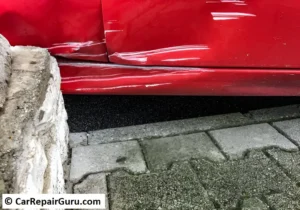
Dents and scratches are inevitable, whether caused by a stray shopping cart, road debris, or an accidental bump. Addressing these imperfections promptly not only restores your car’s appearance but also prevents further damage to the underlying metal.
Quick Fixes for Minor Scratches
For light scratches that don’t penetrate the clear coat, a paint pen or scratch repair kit can be a lifesaver. These tools are affordable and easy to use, allowing you to conceal minor imperfections quickly. Before applying, clean the affected area thoroughly to remove dirt and grease. Follow the instructions carefully to ensure a smooth and seamless finish. Polishing the area afterward helps blend the repair with the surrounding paint.
When to Call a Professional for Dents
While small dents can sometimes be fixed with DIY methods like suction cups or heat application, larger dents require professional attention. Attempting complex repairs on your own may worsen the damage or lead to uneven surfaces. Professionals have specialized tools and techniques, such as paintless dent repair (PDR), which can restore the shape of your car without altering the original paint.
Sanding and Repainting for Deeper Damage
For scratches or dents that expose the bare metal, it’s crucial to act fast to prevent rust. Start by sanding the area to remove rust and smooth out rough edges. Apply a primer to protect the metal, followed by a matching paint layer. Finally, seal the repair with a clear coat for added durability and shine. While this process can be done at home, ensure you have the right tools and materials to achieve professional-quality results.
Preventing Future Damage
- Park in safe, low-traffic areas to minimize exposure to potential dents.
- Use protective covers or films on vulnerable spots like bumpers and doors.
- Address minor scratches immediately to avoid them turning into bigger problems.
By using the right tools for minor fixes and knowing when to seek professional help, you can keep your car’s body looking pristine and protect it from long-term damage.
Protecting Against Environmental Factors
Environmental factors like weather, bird droppings, and tree sap can significantly damage your car’s exterior over time. Implementing protective measures helps preserve your car’s appearance and prolongs its lifespan.
Use a Car Cover for Comprehensive Protection
A car cover is one of the easiest and most effective ways to shield your vehicle from environmental hazards. Whether parked outdoors or in a garage, a high-quality, weather-resistant car cover protects against tree sap, bird droppings, dust, and even minor scratches. Look for a breathable fabric to prevent moisture buildup, which can lead to mold or corrosion. For added convenience, invest in a cover designed specifically for your car’s make and model to ensure a snug fit.
Avoid Prolonged Exposure to Direct Sunlight
Consistent exposure to direct sunlight can cause your car’s paint to fade and the interior to heat up, leading to cracked dashboards and faded upholstery. Whenever possible, park in covered areas, such as garages, carports, or shaded spots. If covered parking isn’t an option, use UV shields or sunshades to block harmful rays from penetrating through the windows.
Address Contaminants Promptly
Bird droppings and tree sap contain acidic compounds that can eat into the clear coat and paint if not removed quickly. Carry a cleaning kit with a soft cloth and paint-safe cleaner to tackle these contaminants as soon as they appear. Avoid scrubbing or using abrasive materials, as they can scratch the paintwork.
Additional Tips for Environmental Protection
- Apply a layer of wax or ceramic coating to provide an extra barrier against UV rays and pollutants.
- Regularly wash and dry your car to remove dirt and debris that may cause micro-abrasions.
By taking proactive measures, you can protect your car from the harsh effects of environmental factors, keeping it looking newer for longer.
Regular Maintenance Checks

Regular maintenance checks are essential for preserving your car’s appearance and structural integrity. Scheduling routine inspections not only helps identify potential issues early but also ensures your car remains in top condition, boosting its longevity and resale value.
Schedule Bi-Annual Auto Body Inspections
Plan to inspect your car’s exterior at least twice a year. These inspections should focus on identifying dents, rust spots, paint imperfections, or any other damage that may compromise your vehicle’s appearance. Pay special attention to high-risk areas such as the undercarriage, wheel wells, door edges, and the seams where panels meet. Catching issues early can prevent them from worsening and leading to costly repairs.
Professional auto body inspections are also worth considering. Experts can detect subtle issues that might go unnoticed during a DIY check. They can assess the need for touch-ups, paint repairs, or protective treatments, ensuring your car stays in optimal condition.
Maintain a Detailed Log of Maintenance Work
Keeping a maintenance log is an often-overlooked but highly valuable practice. Record details of every inspection, repair, or service, including the date, type of work performed, and the service provider. This log serves as a handy reference for future maintenance and adds credibility when selling the car. Buyers appreciate documented upkeep, which can significantly enhance your car’s resale value.
Stay Proactive
By incorporating regular maintenance checks into your routine, you can prevent minor issues from escalating, maintain your car’s aesthetic appeal, and ensure it retains its value over time.
Conclusion
Proper car body maintenance is more than just about aesthetics; it’s about protecting your investment and ensuring your vehicle stays in excellent condition for years to come. By adopting regular washing routines, protecting the paintwork, preventing rust, addressing dents and scratches, and safeguarding against environmental factors, you can keep your car looking its best.
Additionally, bi-annual inspections and detailed maintenance logs help you stay proactive and organized, making it easier to address potential issues before they escalate. Whether it’s through DIY solutions or professional services, the effort you invest in maintaining your car’s exterior pays off in the form of long-lasting durability, enhanced resale value, and a car that you’re proud to drive.
Consistency is key—so start today and give your car the care it deserves!
FAQs on Car Body Maintenance
Q1: How often should I wax my car?
Wax your car every three months to protect the paint from UV damage, dirt, and moisture while maintaining its shine and enhancing its overall appearance.
Q2: What is the best way to remove scratches from my car?
For minor scratches, use a scratch repair kit that includes a clear coat applicator or touch-up paint. Deeper scratches that expose the metal require professional repair to prevent rust and ensure a seamless finish.
Q3: How do I prevent rust on my car?
Regularly washing and drying your car is essential, particularly after driving on salted roads or in humid conditions. Applying rustproofing treatments or using rust inhibitors can provide an added layer of protection to vulnerable areas like wheel wells and door edges.
Q4: Is it safe to park under trees?
Parking under trees can expose your car to risks such as sap damage, bird droppings, and falling branches. These can harm your car’s paint and leave stubborn stains. If you must park under trees, use a durable car cover to minimize potential damage.
Q5: What’s the benefit of ceramic coatings?
Ceramic coatings offer a long-lasting protective layer that shields your car from UV rays, dirt, water spots, and minor scratches. They also make cleaning easier, as their hydrophobic properties repel water and contaminants, keeping your car looking cleaner for longer.
